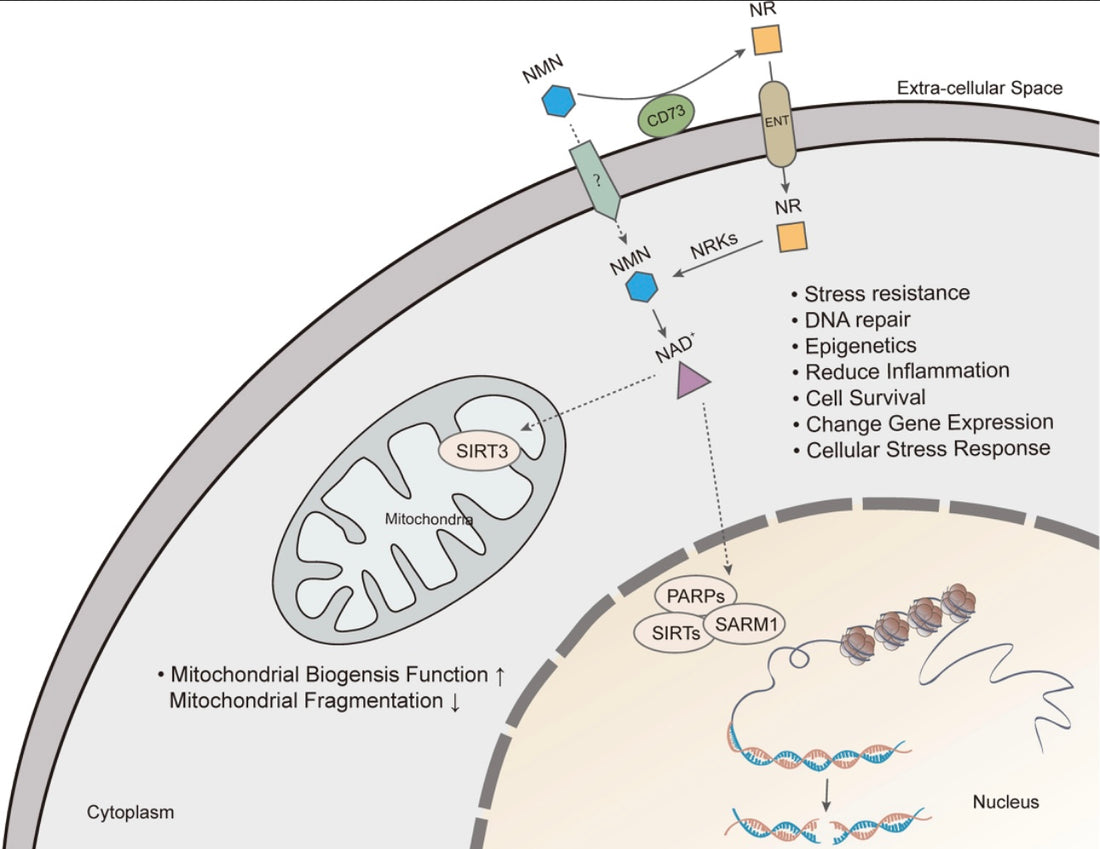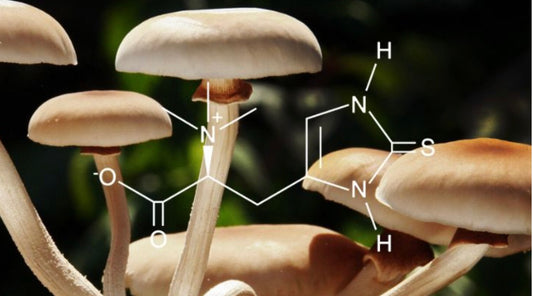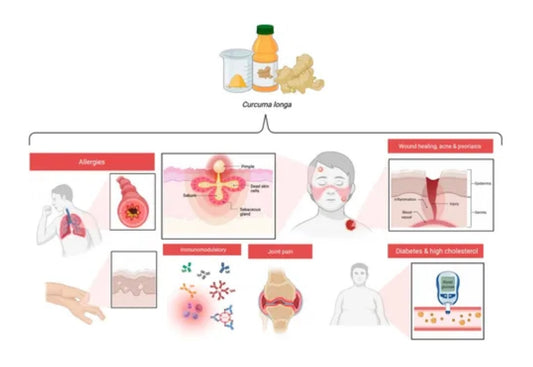
NMN
**NMN (Nicotinamide Mononucleotide)** is a nucleotide that serves as a precursor to NAD+ (Nicotinamide Adenine Dinucleotide), a crucial coenzyme involved in various metabolic reactions in the human body. NMN has gained significant attention in recent years due to its potential anti-aging benefits and its role in improving metabolic health.
### Discovery Process
NMN was first identified as an intermediate metabolite in the NAD+ biosynthesis pathway. NAD+ plays a pivotal role in energy production and DNA repair within cells. As we age, NAD+ levels naturally decline, which is linked to age-related diseases like metabolic disorders, neurodegenerative diseases, and cardiovascular issues. Researchers are exploring NMN supplementation as a way to increase NAD+ levels and reverse some of these age-related problems.
### Mechanism of Action
NMN is converted into NAD+ through a series of enzymatic reactions, thus boosting NAD+ levels in cells. NAD+ is essential in several key biological processes:
1. **Mitochondrial Function**: NAD+ is necessary for ATP production, supporting the mitochondria's role as the cell’s powerhouse.
2. **DNA Repair**: NAD+ activates PARP enzymes, which are responsible for repairing DNA damage, a vital process in anti-aging.
3. **SIRT1 Activation**: NAD+ activates the SIRT1 gene, known as the “longevity gene,” which regulates cellular survival, metabolism, and the aging process.
### Comprehensive Health Benefits
1. **Longevity**: Studies have shown that NMN can extend lifespan in animal models and improve biomarkers of aging.
2. **Improved Metabolic Health**: NMN enhances insulin sensitivity and fat metabolism, making it helpful in preventing or managing type 2 diabetes.
3. **Neuroprotection**: NMN protects brain cells, slowing down the progression of neurodegenerative diseases like Alzheimer’s and Parkinson’s.
4. **Cardiovascular Health**: It improves blood vessel health and reduces the risk of cardiovascular diseases.
5. **Anti-inflammatory**: By increasing NAD+ levels, NMN helps reduce chronic inflammation, particularly age-related inflammation (known as "inflammaging").
### Side Effects and Safety
Current research supports the safety of NMN as a dietary supplement, with several human clinical trials showing no significant side effects at moderate doses. However, more research is needed to assess the long-term risks of high-dose use.
### Food Sources
Although NMN can be taken as a supplement, it is also naturally present in certain foods, including:
- **Cruciferous vegetables** like broccoli and cabbage
- **Avocados**
- **Tomatoes**
### Recent Discoveries
Recent studies have shown that NMN not only boosts NAD+ levels but may also enhance physical performance. In animal studies, NMN supplementation improved endurance and muscle strength during exercise. Ongoing human studies are examining its long-term effects on metabolic health and age-related diseases.
### Synergistic Use with Other Supplements
NMN is often combined with **resveratrol**, a plant polyphenol that activates the SIRT1 longevity gene. Together, they work to activate pathways that promote longevity. Other supplements like **Coenzyme Q10** and **PQQ** are commonly paired with NMN to support mitochondrial function and energy metabolism.
NMN holds great promise in the fields of anti-aging and health maintenance, but further human clinical trials are necessary to fully understand its long-term effects and potential risks.
Key references
①Mononucleotide: A Promising Molecule for Therapy of Diverse Diseases by Targeting NAD+ Metabolism
https://www.frontiersin.org/journals/cell-and-developmental-biology/articles/10.3389/fcell.2020.00246/full
②Recent research into nicotinamide mononucleotide and ageing
https://www.nature.com/articles/d42473-022-00002-7
③Technology and functional insights into the nicotinamide mononucleotide for human health
https://link.springer.com/article/10.1007/s00253-023-12612-2
④Nicotinamide Mononucleotide: A Promising Molecule for Therapy of Diverse Diseases by Targeting NAD+ Metabolism
https://www.frontiersin.org/journals/cell-and-developmental-biology/articles/10.3389/fcell.2020.00246/full








